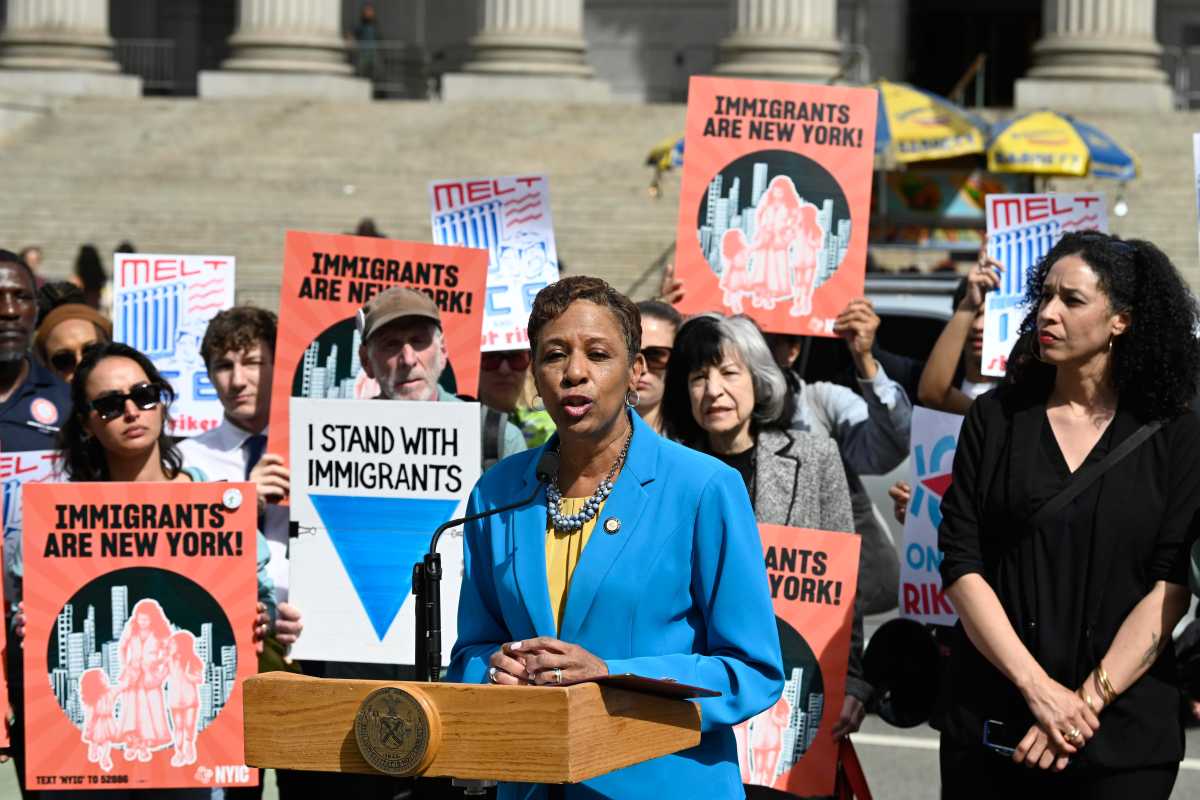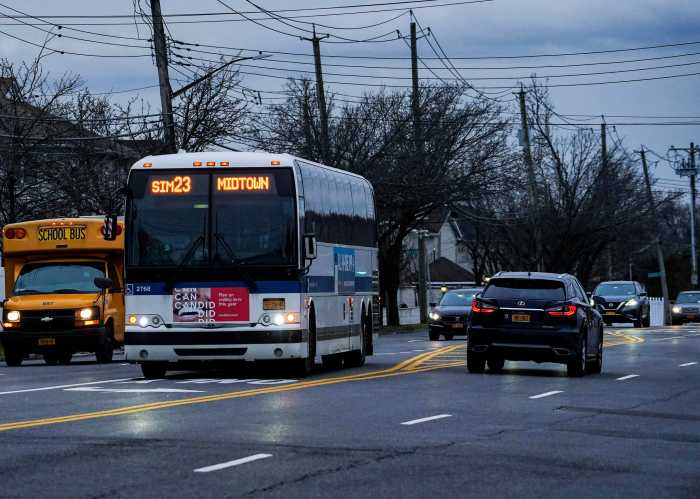A proposed solution to end airport congestion at John F. Kennedy (JFK) Airport by filling in portions of Jamaica Bay for new runways has garnered opposition by many that care about the health of the bay.
Earlier this year, the Regional Plan Association released a report stating several options to increase capacity in New York’s airports. Out of the seven developmental suggestions listed for JFK Airport, all but one required some fill of Jamaica Bay.
“We are confident that we will soon reach 150 million passengers annually and higher demands, especially for international flights, so we need to look at expanding capacity at airports,” said Executive Director of the Plan Association, Thomas Wright.
“We looked at different options and concluded that runway expansions are going to be necessary, especially at [John F.] Kennedy and Newark airports, which do mostly international travel.”
The Jamaica Bay Task Force, which strives to propose solutions for maintaining the wellbeing of the bay, is opposed to the idea of filling the area’s vital ecosystem.
“Jamaica Bay is an irreplaceable resource,” said Ida Sanoff, a member of the force and the Natural Resources Protective Association. “In addition to providing habitat for all sorts of living creatures, marshes absorb large amounts of storm water, protecting nearby properties from flooding.”
The association’s report stated that a portion of the bay bordering the airport includes a “dead section” that concentrates pollutants, therefore making it alright to fill them for new runways.
“Our organization went to some of these areas with underwater cameras and found them to be teaming with fish,” said Sanoff, disputing the claim made by the association.
Charters and fisherman that have used Jamaica Bay for years further prove that the bay has more to offer than pollution and toxic sediments.
Wright said that opposition has been raised because people have misunderstood the purpose of the report. “People have been interpreting the report as the final word when that is not the case. It is the airlines that run the planes and they will decide how to use the capacity. [The report] is to raise issues that we think need to be thought about in the long term.”
The waterway is part of the federally-protected Gateway National Recreation Area. Currently, Gateway prohibits such an expansion and The Port Authority, which operates the airports, has not said whether they will implement the solutions proposed by the association.






























